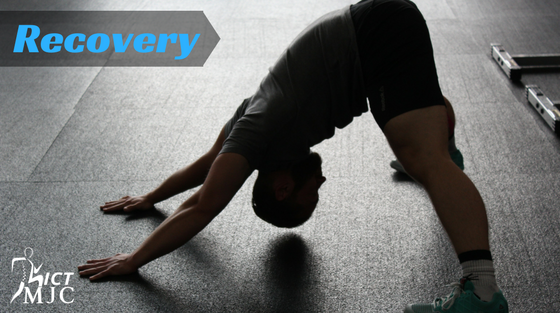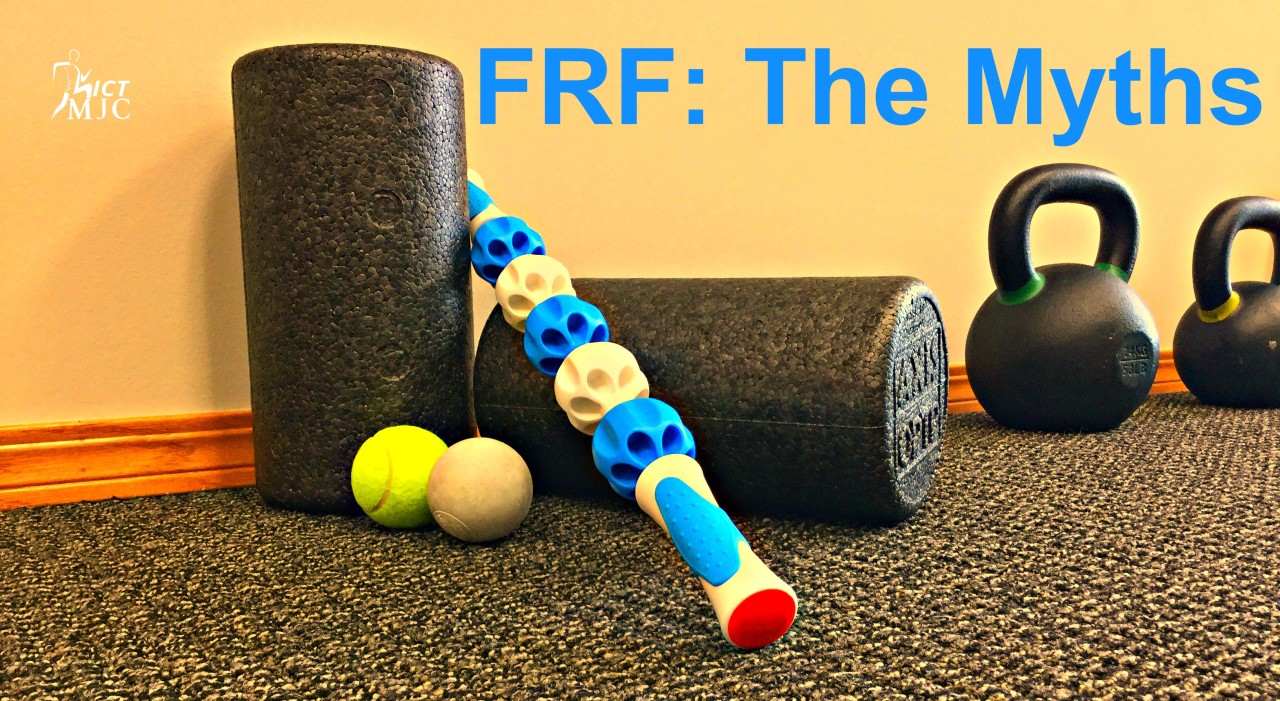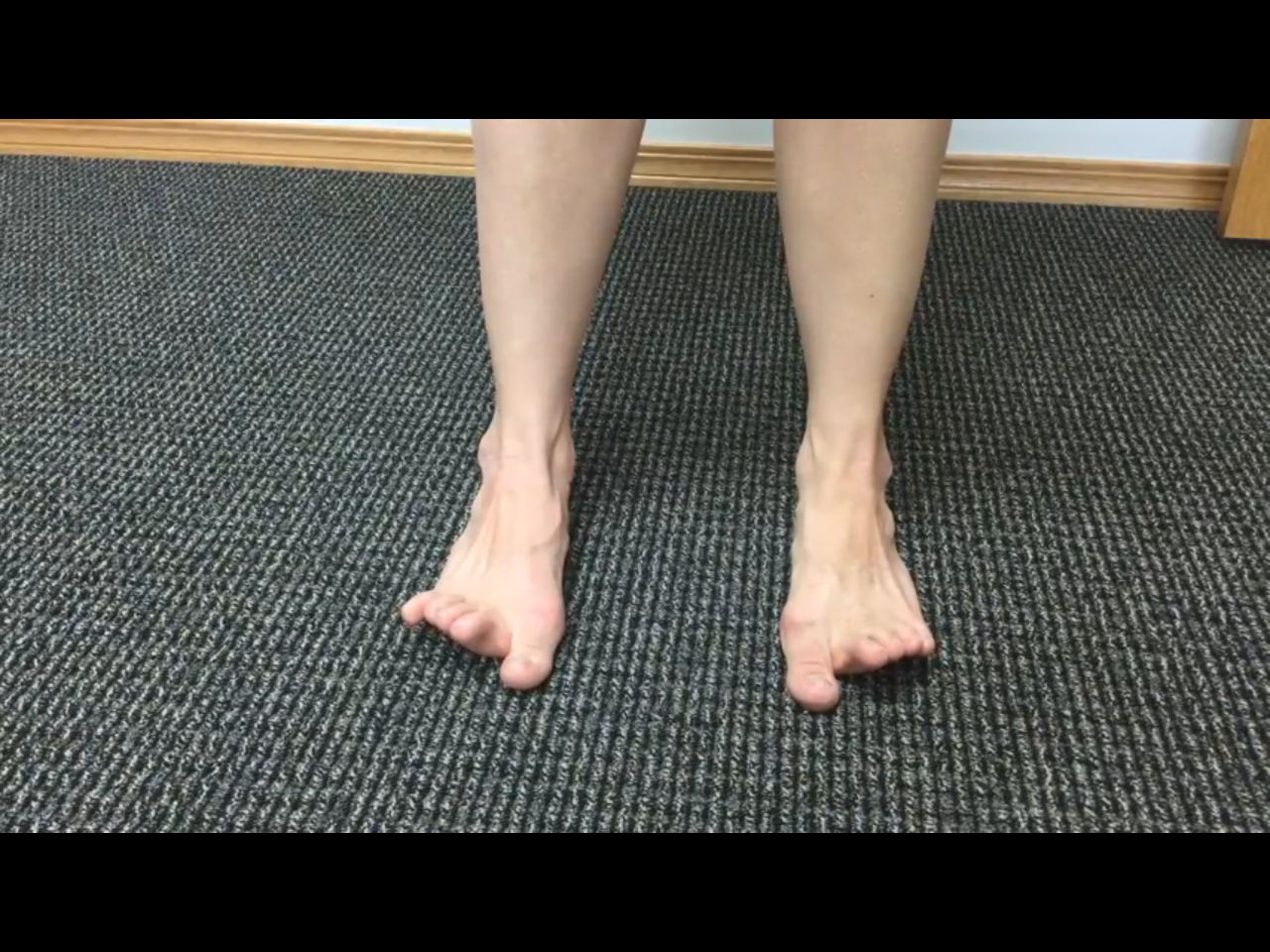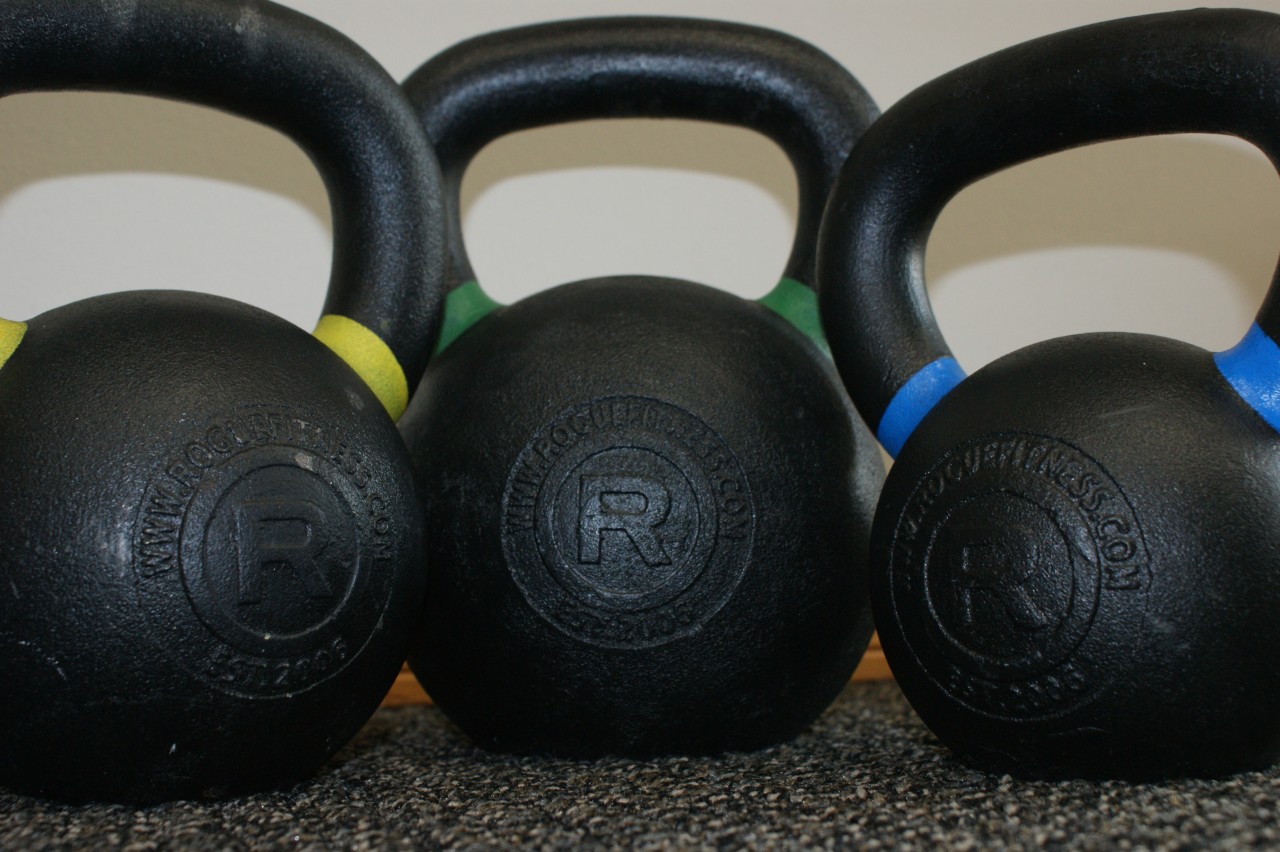The old adage "no pain no gain" is a fool's philosophy. There are times in training you may feel fatigued, tired or outside of your comfort zone and this is fine. I am referring to the difference between "it hurts so good," and "it flat out hurts." If you are in the latter group, then you have missed out hugely on progress and performance.
Squatting is great for recruiting maximum neural activity to challenge the body. If you have not read Part 1 and watched the associated videos, I highly recommend it. It will give you a highlighted viewpoint as to where this blog is directed. To better understand squatting and knee position as an adult, we need to strip away everything and go to back to the basics.
Everyone has heard the phrase repeatedly, over the past 5 years or so, while squatting, “drive your knees out.” This can be a great cue when used appropriately, however, it has almost become obnoxious with everyone and their mothers yelling this phrase. Don’t get me wrong, I apply the cue myself, but it is highly overused. The cue should NOT be said every single time someone squats, if so, find a new gym.
Foam rolling has become an increasingly popular solution for self-myofascial release to decrease pain and to increase performance. Dr. Rachel and I have taught at several locations "The ART of Foam Rolling," to help everyone from inpiduals to large groups of people wanting to empower their health and performance in Wichita, Kansas. While teaching, we hear several different excuses, if you would, as to why an inpidual may choose not to foam roll. We hear everything from “I don’t have enough time,” to “it hurts too much.” Let’s be real for a second, to foam roll might take 10 minutes out of your day, tops, that equates to 0.007%. Yes, it might take some time in learning how to get the most out of foam rolling when performing it, but still it is not rocket science. With this blog, I want to address an easy concept to help you incorporate foam rolling into your daily routine, while also dispelling a couple myths.
It was an incredible morning this past Sunday. Wichita Running Company partnered with the Midian Shriners Charity to host the Old Town 10K, here in the heart of Kansas. The morning was perfect! If you’re a runner, you know what I’m talking about. This time of year feels incredible to rise out of bed, throw the sneakers on, and hit the pavement. It hasn’t been one of the hottest summers on record, but the changes in temperature are happening; it makes this time of year fun. Every morning is a new morning; you're not quite sure what it's going to feel like until you step out the door.
Plantar Fasciitis is a common foot complaint we see here at ICT Muscle & Joint Clinic in Wichita, Kansas. The classical symptom associated with plantar fasciitis is pain that occurs with walking, after prolonged periods of non-weight bearing. If this describes you, than you very likely have a true case of plantar fasciitis.
School is back in session! All the youngsters in Wichita and surrounding areas have made the trek back into the classroom, with their school supplies in hand. The start of the school year also signifies the start of fall sports: basketball, cross country, baseball, football, and many others. Often, increased sport activity leads to increased sports-related injury rates, but this does not have to be the case!
Many individuals lose awareness of how to move their bodies properly. I was one of them. A couple years ago during chiropractic school, I was goofing around on a buddy’s longboard trying tricks I had no business trying. This buddy is now owner of High Country Muscle & Joint Clinic in Golden, Colorado. He is a functional chiro trying to spread a similar message about proper movement strategies. But long story short, I ended up falling off and dislocating my elbow. I find myself very fortunate to not have broken anything. During the rehab phase, I spent time thinking through my fitness goals and expectations. I was a very active individual going to the gym lifting weights and focused on programming “functional” exercises; it was therapy for all the school work. But this incident changed me. Thinking about my programming after the accident, I realized I had no idea how to fall properly; such a silly thing. How does someone not know how to fall properly? Especially someone who viewed themself as “functionally” fit.
Becoming a Runner
Toe functionality can be a powerful insight into how the body is stabilizing itself through different tasks such as: walking, long distance running, sprinting, and even weight lifting. Imagine yourself getting up on a nice cool morning and deciding to go for a run. You put on your new sneakers you bought at the local running store. This local store did a fanstatic job identifying your foot structure (supinator, pronator, neutral), gave you the jist of trends in heel-toe drops, and helped pick the right running shoe for you.
Waiter Walks: A missing shoulder "Pre-hab" exercise
The waiter walk is a wonderful exercise to add to your upper body workout regiment, but I rarely see it utilized within the health & wellness community or at local gyms. As a strength coach, physical therapist, chiropractor, average gym goer, or anything-in-between, this exercise is a must add, especially if you are training for any overhead tasks.
Headache Prevelance
Headaches are a common experience for many individuals. 50% of people will experience headaches in any given year, while 90% of individuals will report having a headache sometime within their life. Unless you are the lucky 10%, headaches can be a debilitating and often preventable experience through lifestyle and postural modifications. One common type, that I see here in our clinic at ICT Muscle & Joint Clinic, is suboccipital tension headaches.
With many New Years’ resolutions geared toward improving one’s overall health, many individuals will turn toward a classic fitness activity, running. Achieving higher levels of health and fitness can be fun, while also providing a sense of achievement for all ages and skill levels. However, pain and dysfunction may occur due to several factors including: poor mechanics, deconditioning, and foot structure.











